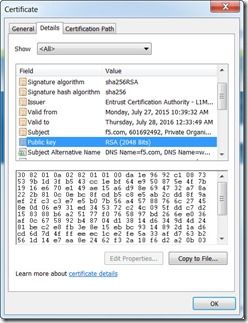Real Cryptography Has Curves: Making The Case For ECC

Hi Jon...thanks for the questions! Here's a quick excerpt about the triple equal sign from Wikipedia: In mathematics, the triple bar is sometimes used as a symbol of identity or an equivalence relation (although not the only one; other common choices include ~ and ≈). Particularly, in geometry, it may be used either to show that two figures are congruent or that they are identical.
In number theory, it has been used beginning with Carl Friedrich Gauss (who first used it with this meaning in 1801) to mean modular congruence: if N divides a − b.
It is also used for "identical equality" of functions; one writes
All that said, for the equations listed above, the modulo can be viewed as more of a "limit" on the values allowed to be considered for the equation. It's a way of keeping the range of values to a more manageable limit so that, when the keys are computed, you don't have a seemingly infinite number of possible values to deal with. As for the equation itself, y^2 = x^3 + 2x + 2 (mod 17), the equal sign there is simply a part of the equation that defines the curve itself. Much like y = x^2 or something like that. Having said that, it is common to use the "triple" equal sign when dealing with modulo functions. Honestly, I wasn't able to find an easy way to insert the "triple" equal sign in the article (due to website article editor limitations), so I just used the regular equal sign. That said, I'm not sure anyone will argue if you were to use either one. :)
As for articles/links of point doubling, here are some pretty good explanations on YouTube: https://www.youtube.com/watch?v=2VpnPOken40
https://www.youtube.com/watch?v=em6BMypHiC8
And here's a great explanation of point doubling using modularity: https://www.youtube.com/watch?v=F3zzNa42-tQ&t=797s
In fact, this guy uses the exact same numbers you see in the article above. And, he uses the triple equal sign when writing various functions that use modulo! :)
Help guide the future of your DevCentral Community!
What tools do you use to collaborate? (1min - anonymous)